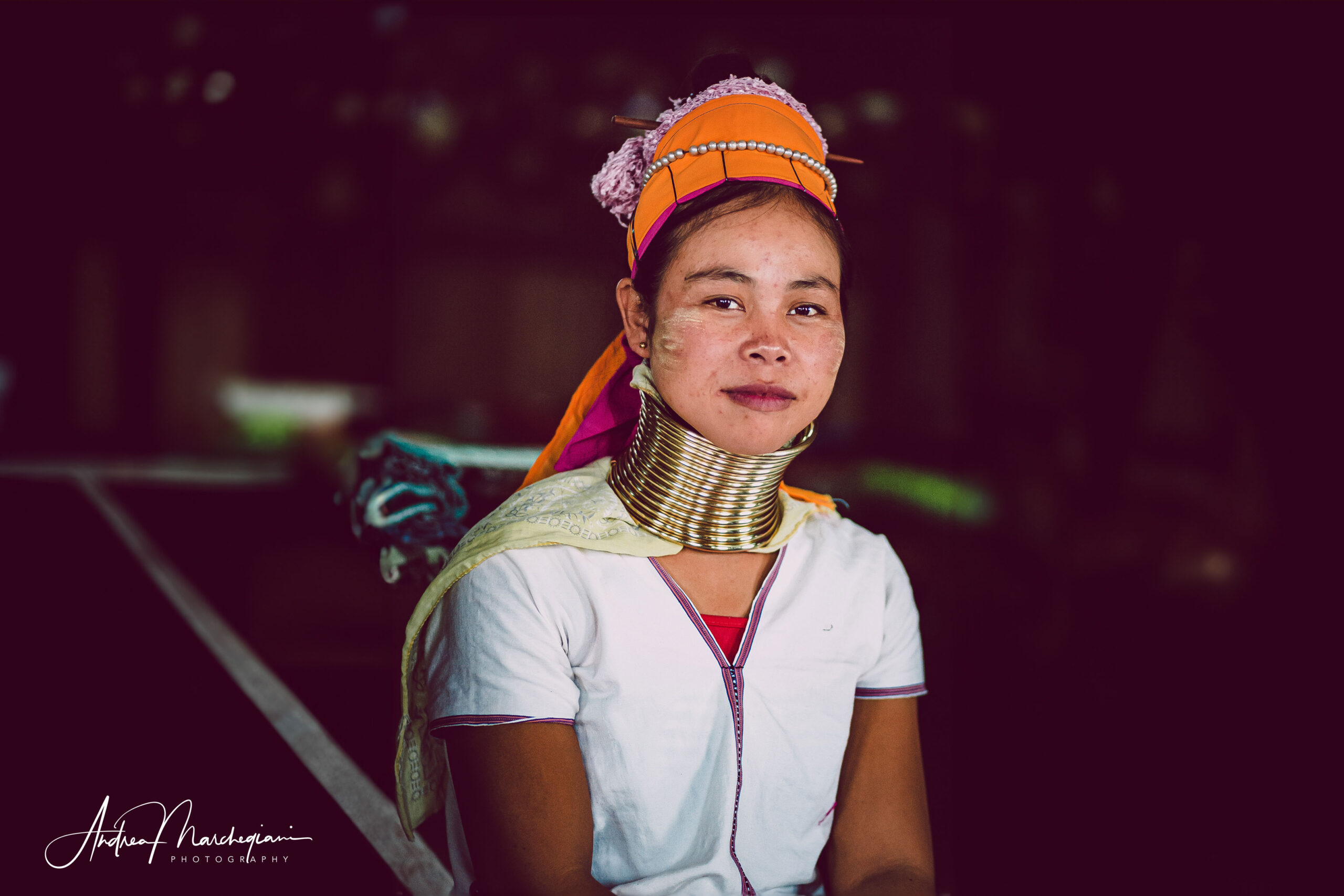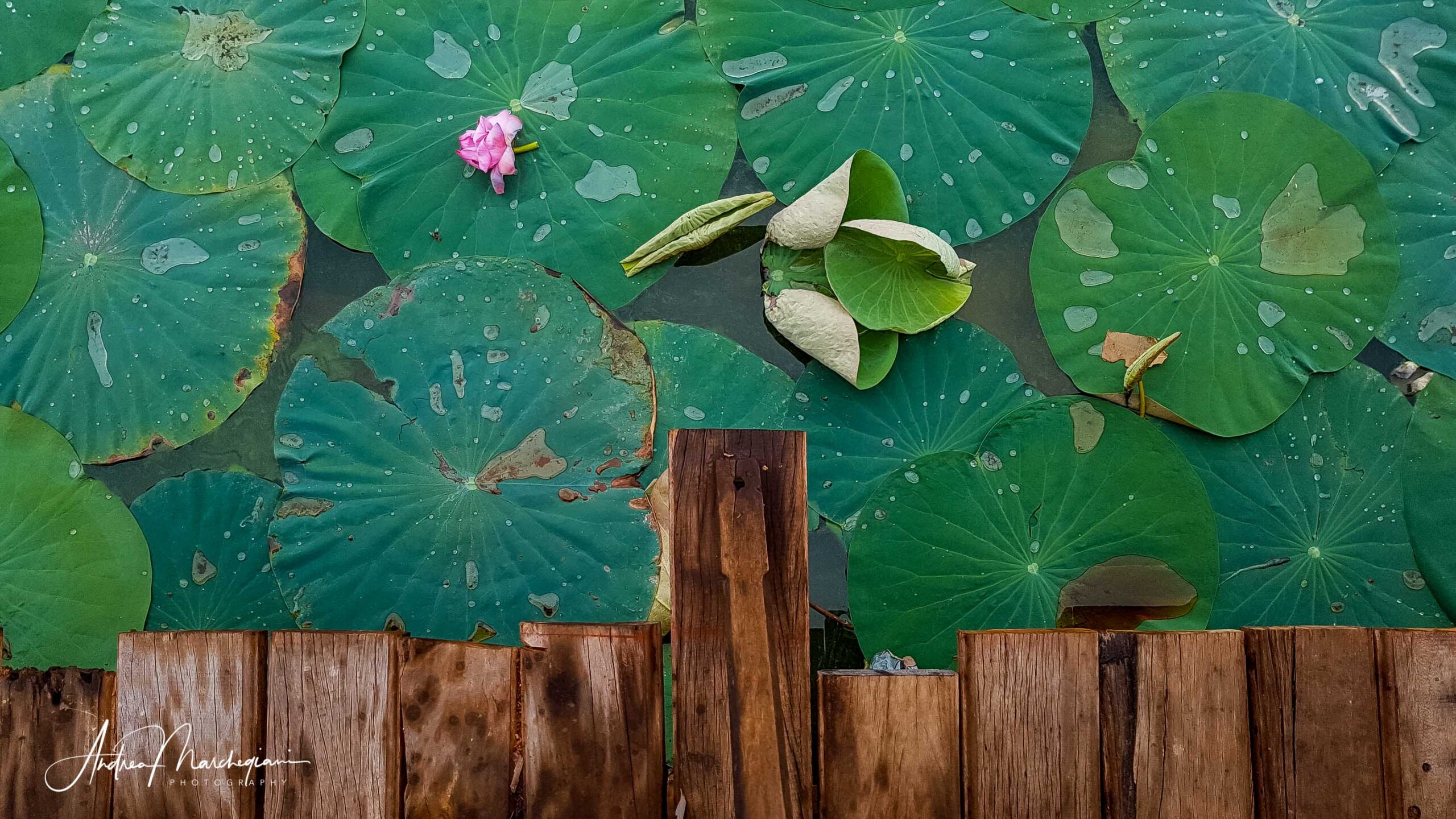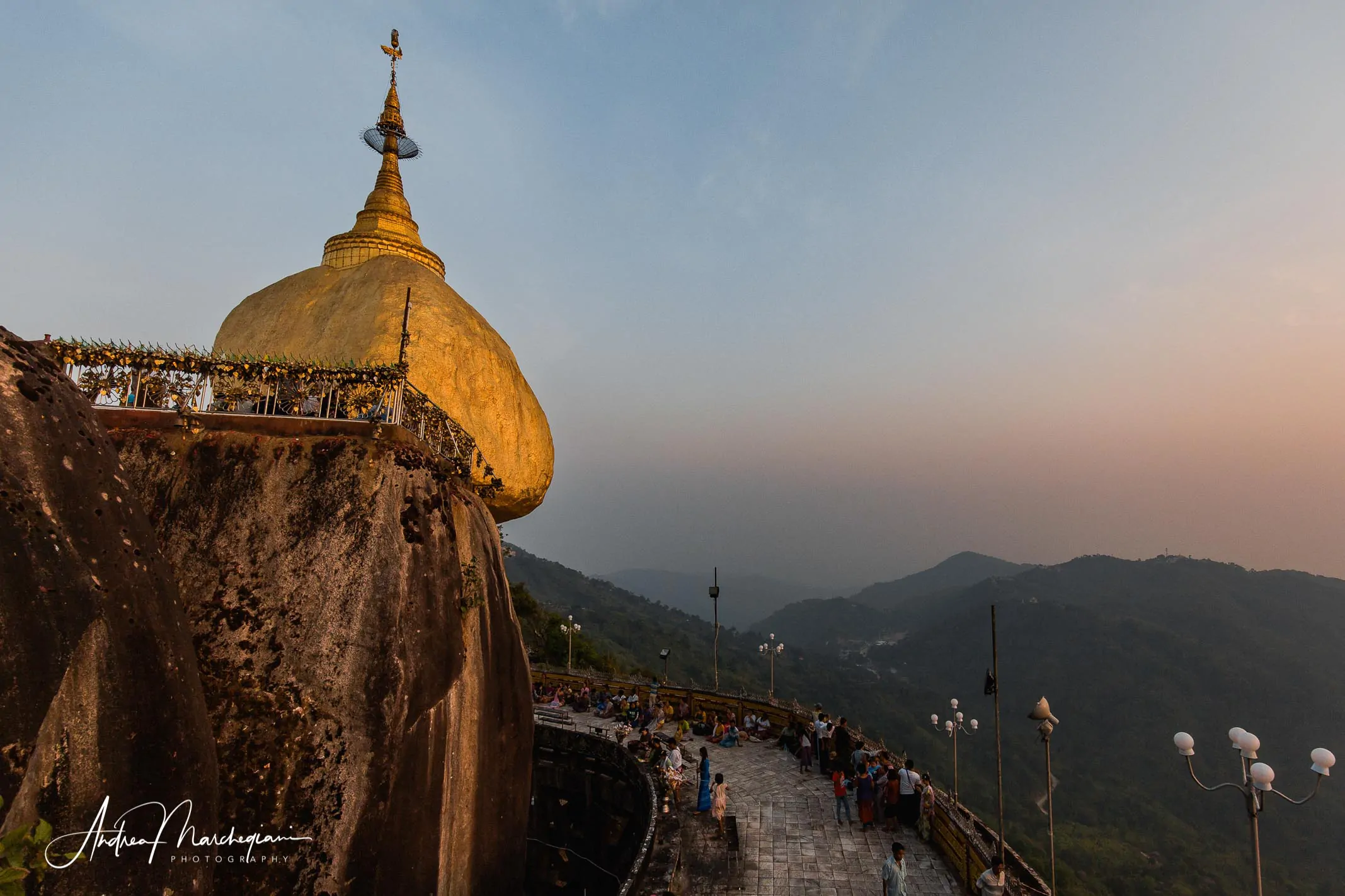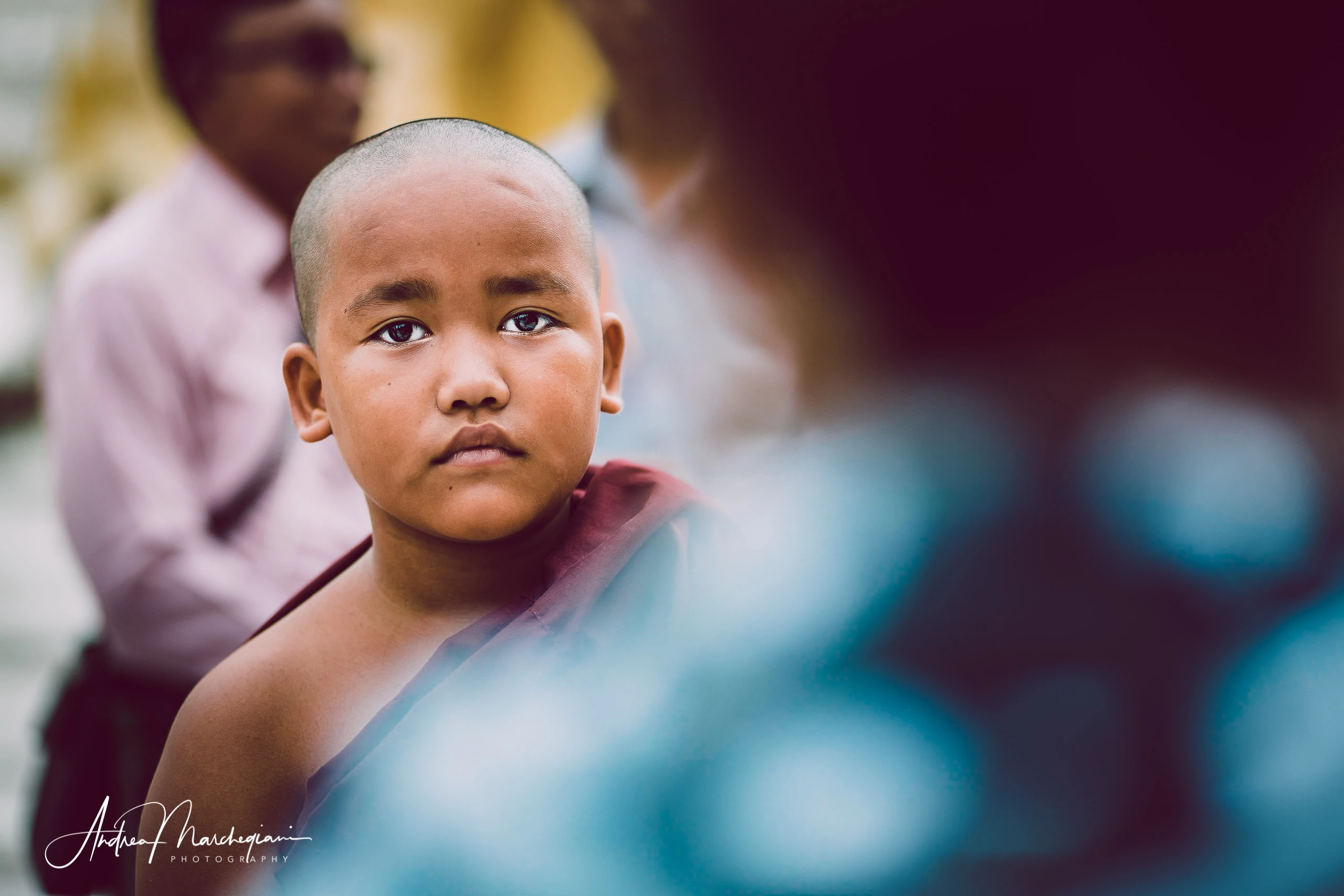
- Home
- Photo Galleries
- Portrait Photography
- Landscape Photography
- Street Photography
- China
- Ethiopia
- India
- Holy Ganges
- Varanasi
- Varanasi Ganga Aarti
- Varanasi, Manikarnika Ghat
- Varanasi Streets & Alleys
- Varanasi Demolition
- Varanasi Fruit Market
- Sarnath
- Brick Kilns
- Tamil Nadu, Chennai & Mamallapuram
- Tamil Nadu, Fort Tirumayam & Madurai
- Tamil Nadu, Tiruvannamalai & Thanjavur
- Kerala, Munnar
- Kerala, Peryiar
- Kerala, Backwaters
- Kerala, Kochi
- Kazakhstan
- Myanmar
- Senegal
- Uzbekistan
- Travel Blog
- China
- Ethiopia
- India
- Tamil Nadu & Kerala
- Varanasi
- Whato to do in Varanasi
- Varanasi Life along the Ghats
- Varanasi Death along the Ghats
- Varanasi Ganga Aarti Ceremony
- Varanasi demolished to honor Shiva
- Varanasi Fruit Market
- “Varanasi, A Journey into the Infinite”
- Sarnath
- All about River Ganges
- Holy Shit. All about Indian Cow Dung
- Clean India Project
- Brick factories
- Tilaka, pundra, bindi: what is the mark on Indian foreheads?
- Kazakhstan
- Mongolia
- Ulaanbaatar, the coldest capital in the world
- What to do in Ulaanbaatar
- Chinggis Khan Museum, 6 floors of Mongolian history
- Gorkhi-Terelj National Park and Bodgkhan Natural Reserve
- Altai Mountains, Things to do in Olgii and Sagsai
- Living with the Eagle Hunters
- Sagsai Eagle Festival
- Navrus Festival
- Xöömej, Mongolian throat singing
- Mongolian Food
- Myanmar
- Senegal
- Uzbekistan
- Latest Posts
- Photography Blog
- About
- Prints
Travel to Myanmar: 10 wonderful customs (and some oddities) of the kindest people in the world
Share with your friends:
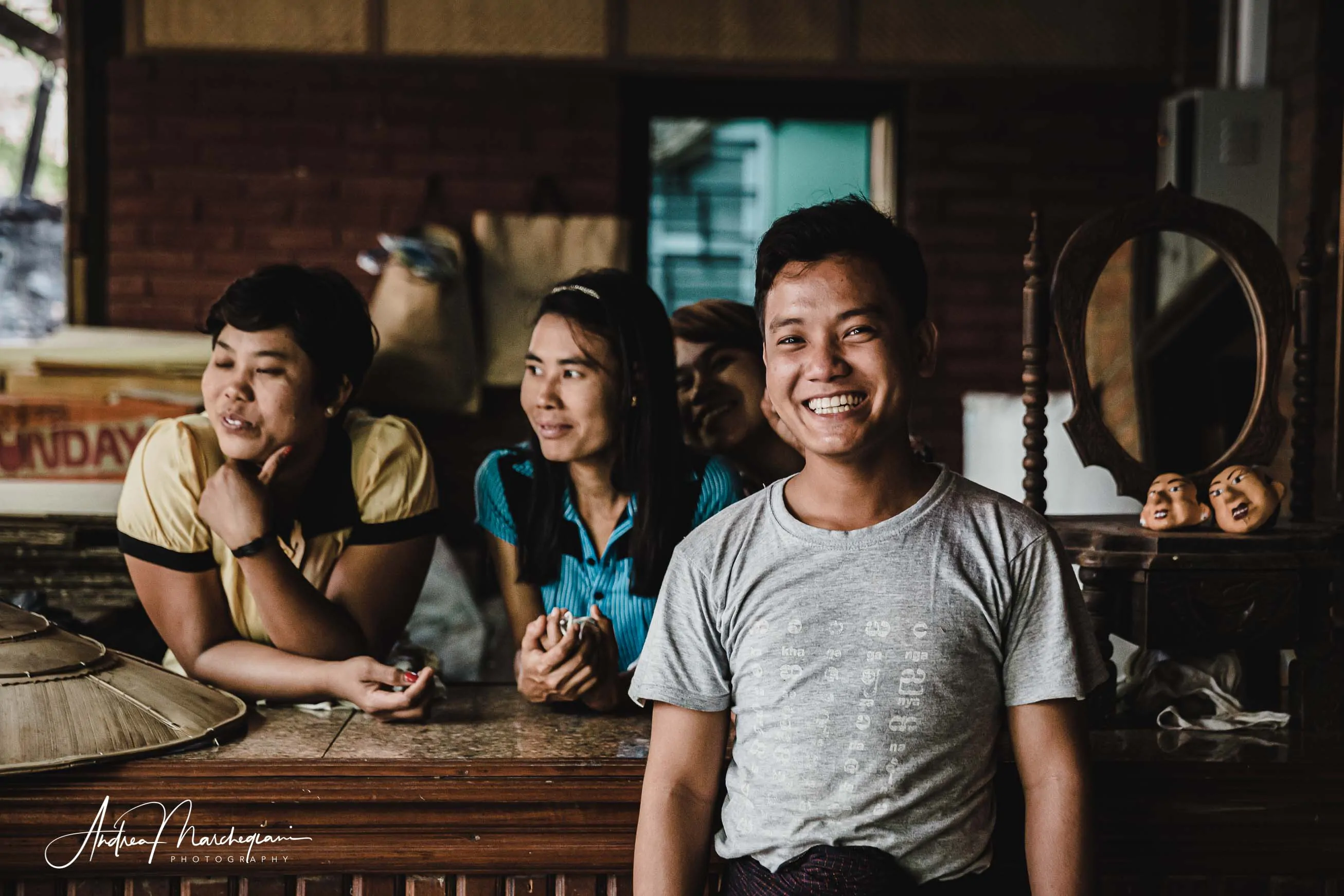
An old saying says “when in Rome, do as Romans do”.
When we return from a business trip or a vacation, we like to invite friends to tell all the oddities and absurdities we have seen abroad.
And if we Italians do not cease to be amazed by the habits of our French cousins (they bring baguettes under their armpits!) or by our English relatives (they have carpet in the bathroom!), we are similarly teased for our hygienic manias (what should Italians do with a bidet? maybe they don’t like to take a shower every day?).
But as much as we can be torn apart by our small differences, nothing can prepare a European to face the way people live in other continents.
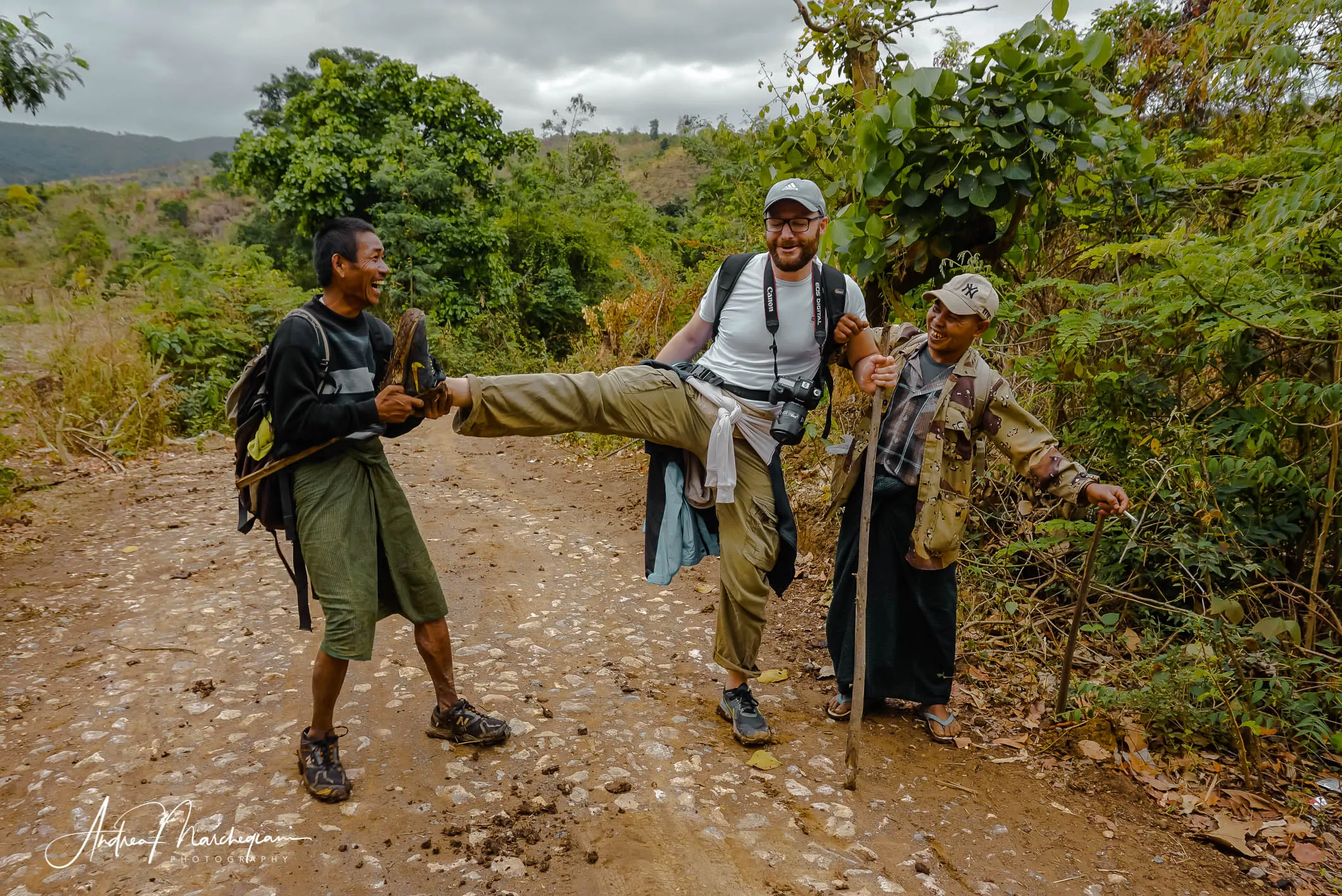
Kindness as a way of life
The Burmese are Buddhists and live their values to the full. Anything that causes harm or distress to others is perceived as an act of shame. It accumulates negative karma: our actions will determine our birth conditions in future lives, so there is no long-term gain in misbehaving. What we do today will be done to us tomorrow.
There is a specific word to express the correct way to behave with others: Ana. From an early age, the Burmese are educated not to do anything causing embarrassment or discomfort to others and this translates into a peaceful, reserved and extremely modest nature.
That’s why it’s important to avoid taking advantage or asking for the impossible. During a lunch in a private house, a friend of mine asked our guest to receive more food. Unfortunately there wasn’t any left and, for the embarrassment of not being able to satisfy us, the landlord knelt on the ground begging us to forgive him.
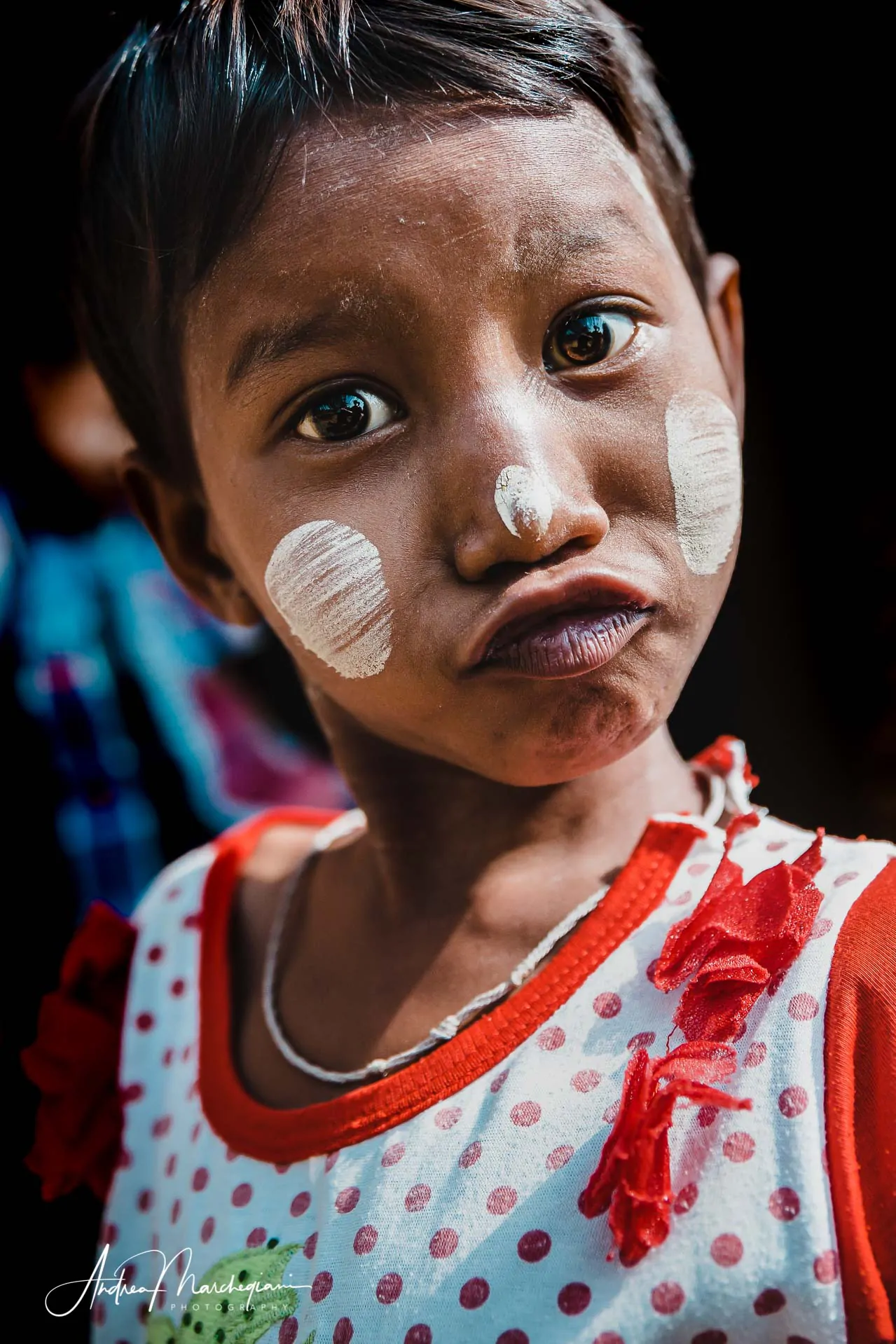
Thanaka
Burmese women paint their faces with thanaka, a yellow powder obtained from the tree of Lemonia Acidissima.
They believe it has many beneficial properties, including antibacterial and purifying powers. Thanaka is also an excellent protection from the sun. This is why mothers apply it to the face of children, but it is rather rare for men to use it.
Men wearing skirts
If they consider thanaka to be a facial treatment reserved for women, the same cannot be said for skirts, which are also regularly worn by men. It is called Longyi and is a checked fabric men fold on itself at the waist, holding it without knots. Men bend the fabric in one direction, women in the opposite direction. Wrong fold generates hilarity and teasing!
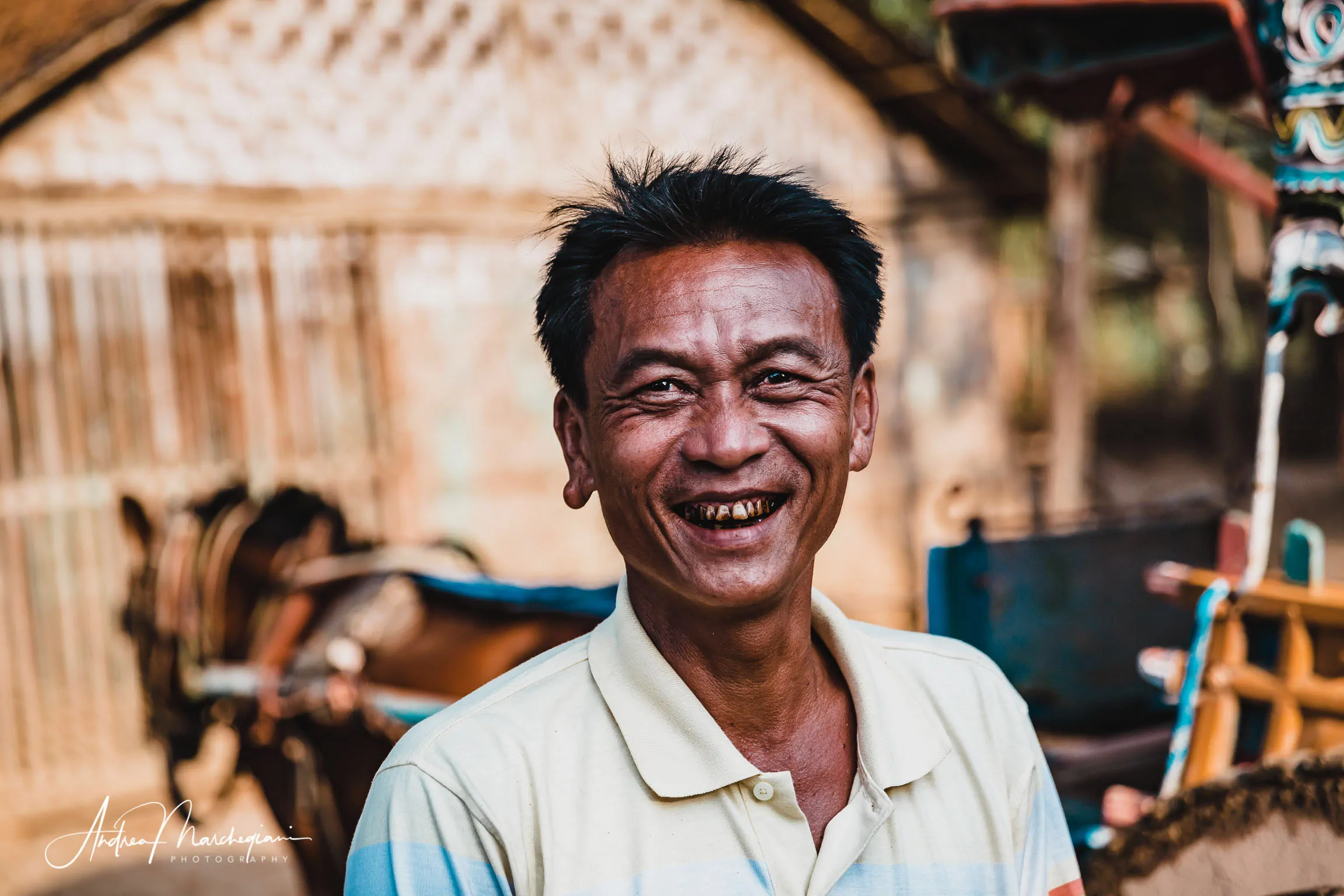
Chewing and spitting betel
In Myanmar, people will often smile politely at you. You may often notice their teeth are reddish and stained: it happens because of betel, a mixture of walnut powder and lime that is chewed and spat into the ground. It is used to pull yourself up and not feel the weight of fatigue. The streets of Yangon were so spit-up and stained that the government banned the use of betel for decorum. But it is a very deep-rooted custom, as shown by young people with blood-colored smiles!
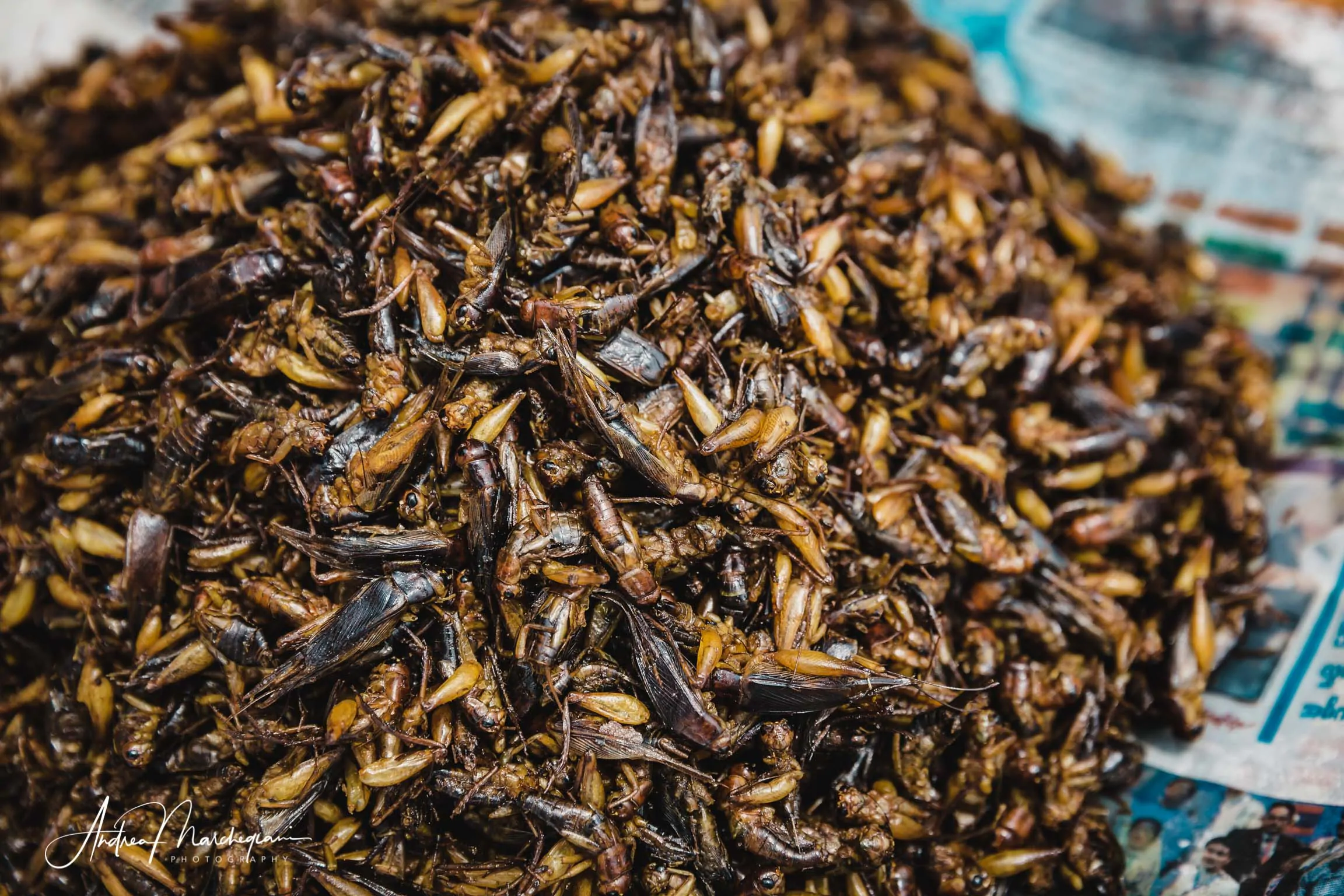
Fried locusts
In Myanmar, as in all of Asia, street food is a fundamental part of culinary culture. You can find a little of everything and each city has its own traditional dish, but never miss the stall of fried insects. Grasshoppers and larvae are considered healthy foods, rich in noble proteins and especially cheap. Would you try them?
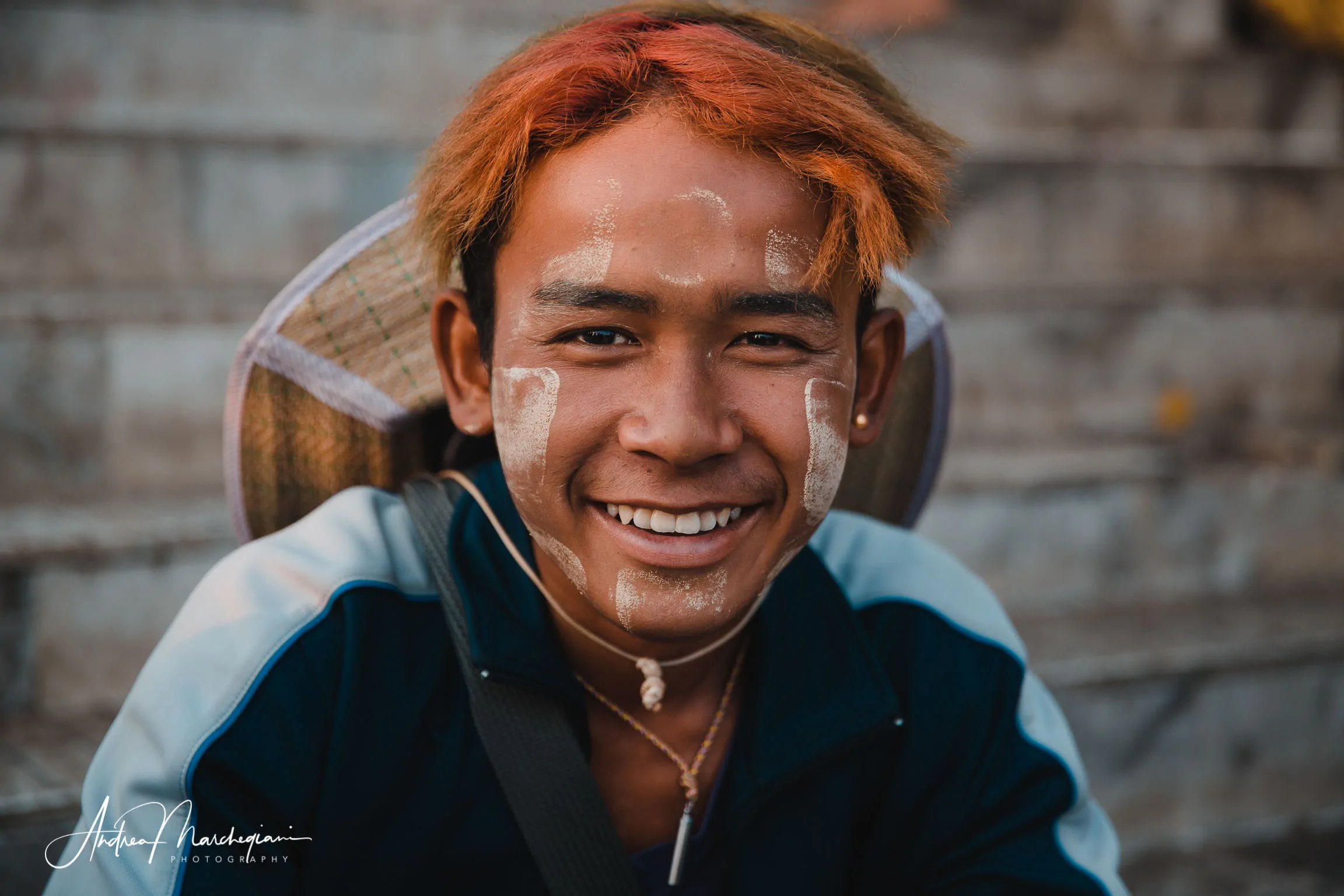
Punk hairstyles
When you hear that Burma is the land of kindness, it’s not just saying. Buddhism is part of the DNA of this people and the idea of harming others, subjugating them and treating them aggressively is really experienced as something shameful. Considering this, it is funny to see the latest fashion for young people: they dye their hair with bright colors and bring bold cuts. They are reminiscent of our ’70s punk, but without any connotation of youth rebellion.
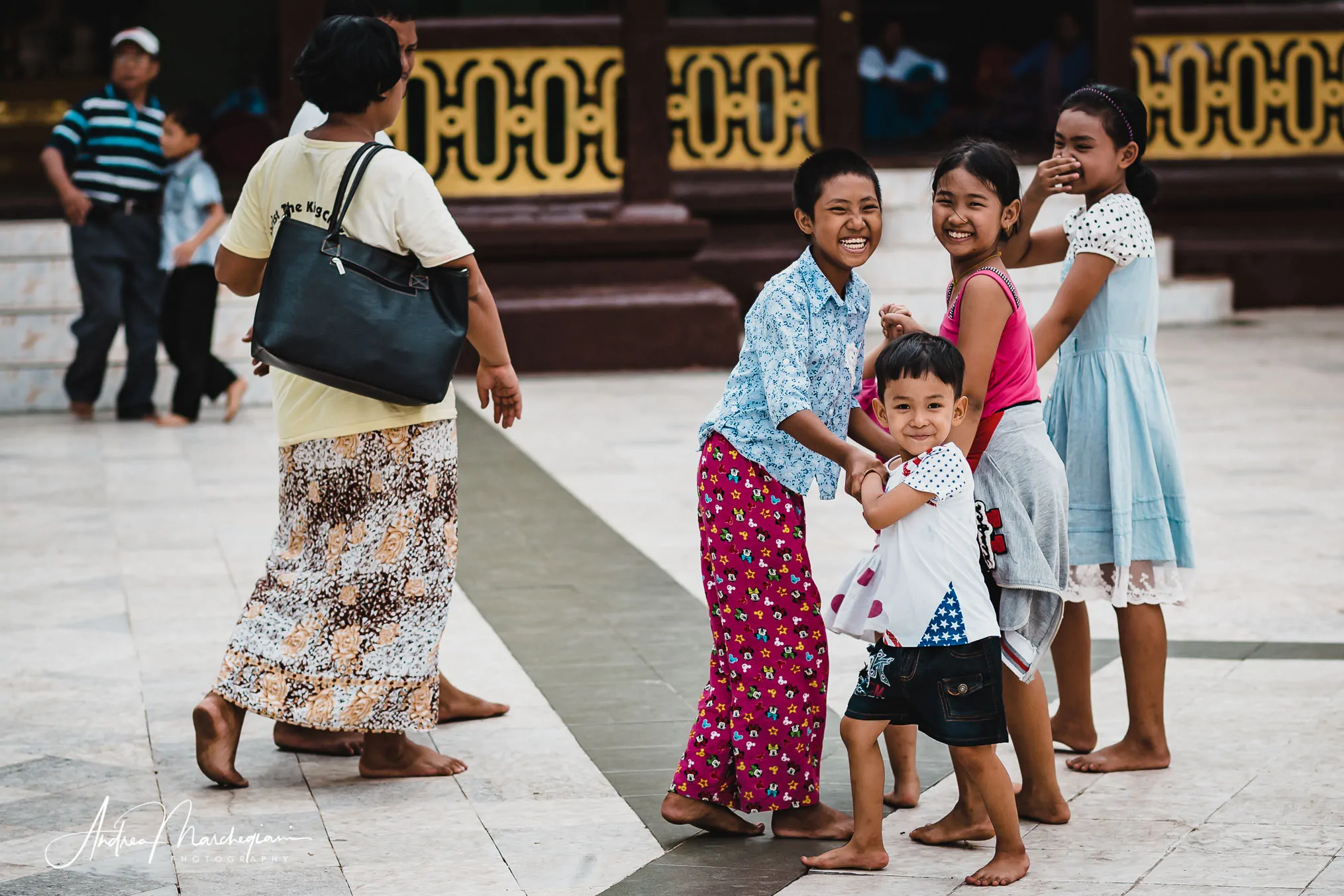
Being barefoot as an act of politeness
If you are a guest at someone’s house, it is likely that you will eat sitting on the floor. Never put your feet towards the other person: keep them crossed or facing away. Pointing your feet towards others is considered really rude: after all, they are the least clean part of the body.
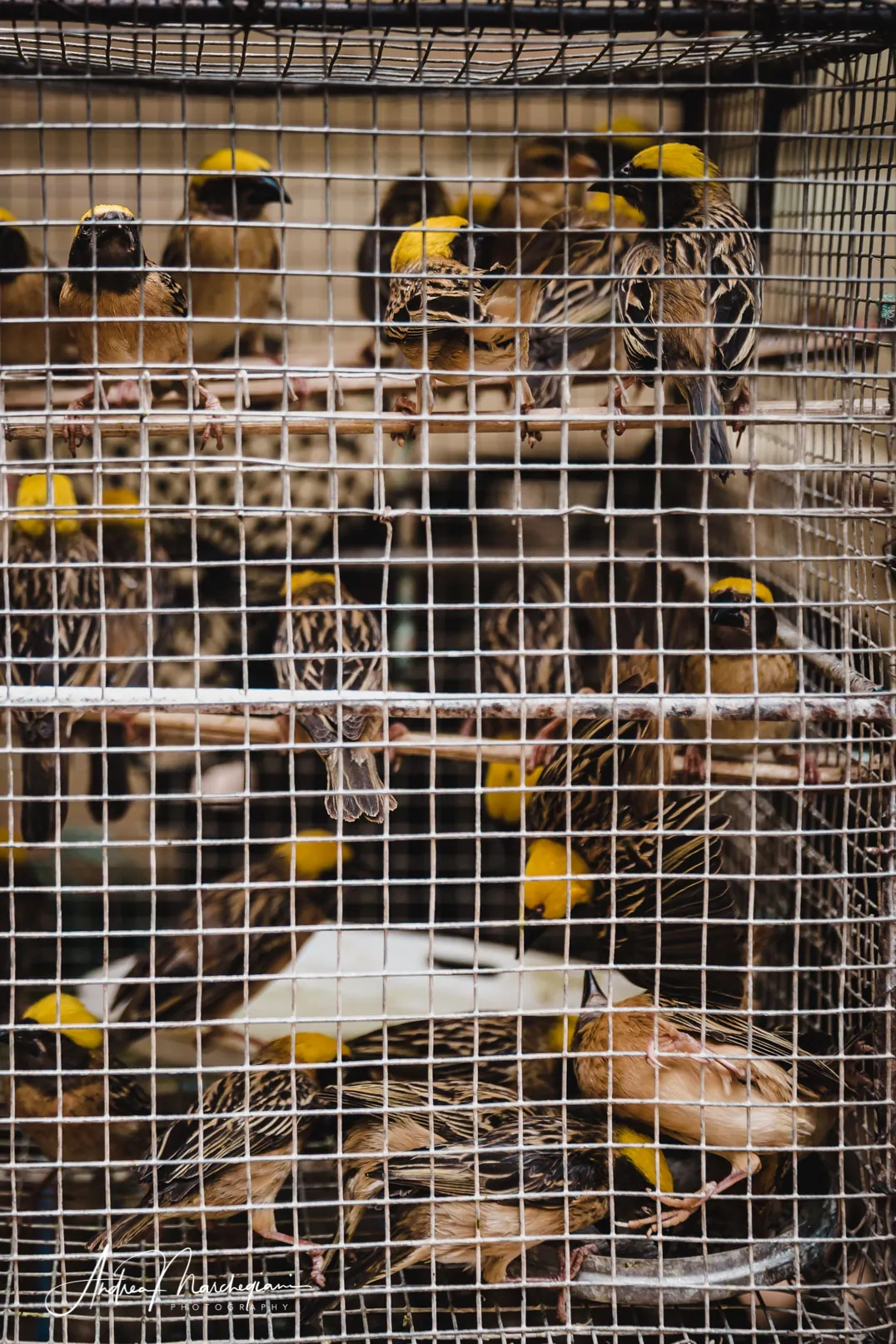
Fortune birds
Walking the streets of Myanmar, you often run into cages full of small birds. They are not sold for food, nor to keep them in cages. These are fortune birds: they are bought to be freed, since this gesture of kindness will bring good luck to those who make it.
8 days week
The Buddhists consider eight a holy number. Eight represents balance and eight are the steps of the eightfold path leading to enlightenment, which is the cessation of pain. Eight are the fundamental events of Buddha’s life, eight are the altars in each pagoda and eight are the days of the week.
Wednesday counts double and is divided into morning and evening. Not only that: zodiac signs are assigned based on the days of birth, not the month of the year. So if you are born on Wednesday morning, your sign is elephant with fangs; if you are born in the afternoon, your sign would also be elephant, but without fangs!
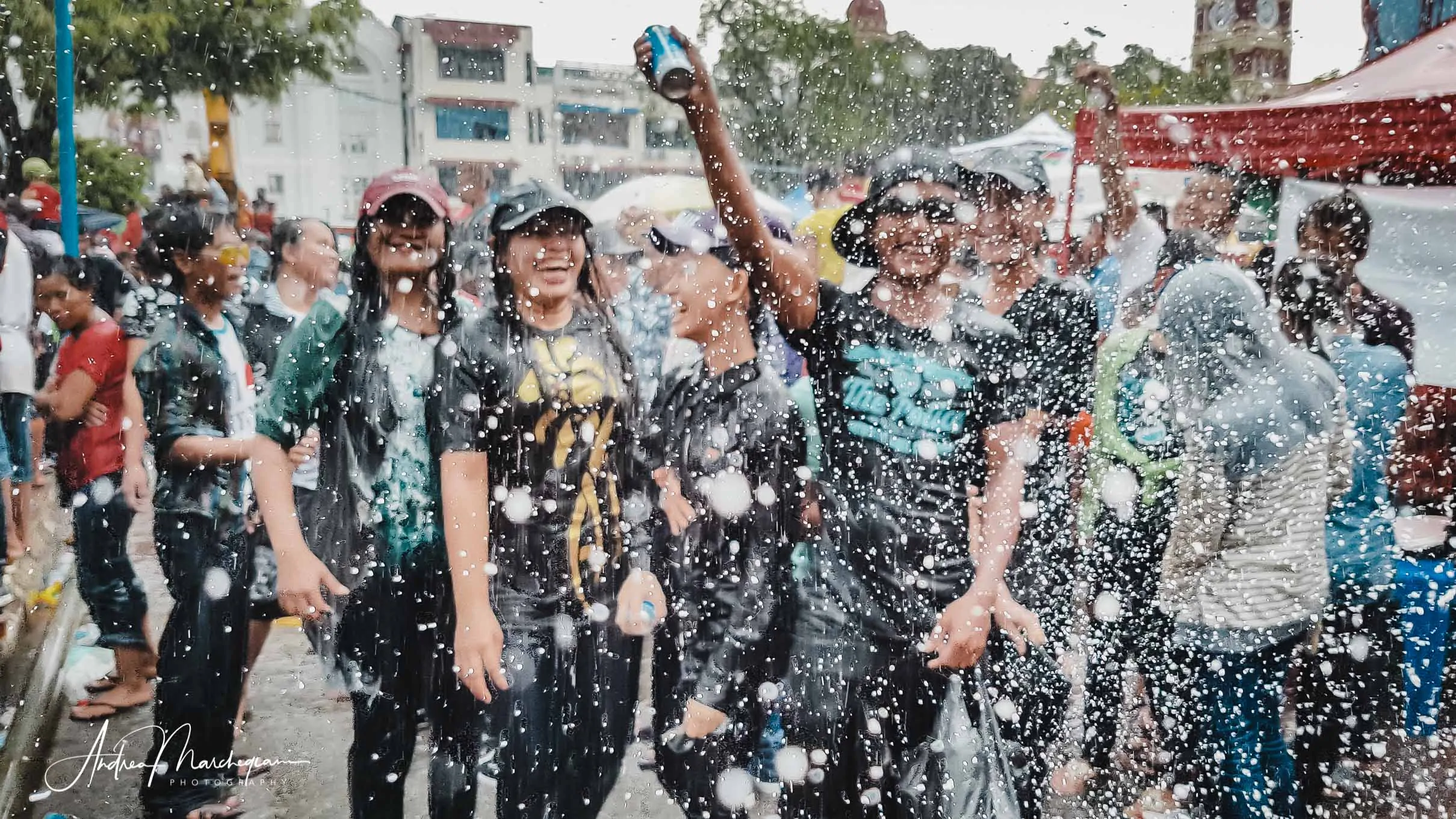
New Year’s Eve in April
The Burmese do not follow the Gregorian calendar, but that of Theravada Buddhism, which does not coincide with the birth of Christ but with the death of Buddha. Their year zero therefore coincides with 463 B.C.
The new year comes in mid-April and the festivities last a week and include water balloons and water buckets warfare among strangers. It’s called Thingyan, water festival. After all, water is a source of life, so what better wish for prosperity than throwing it at each other?
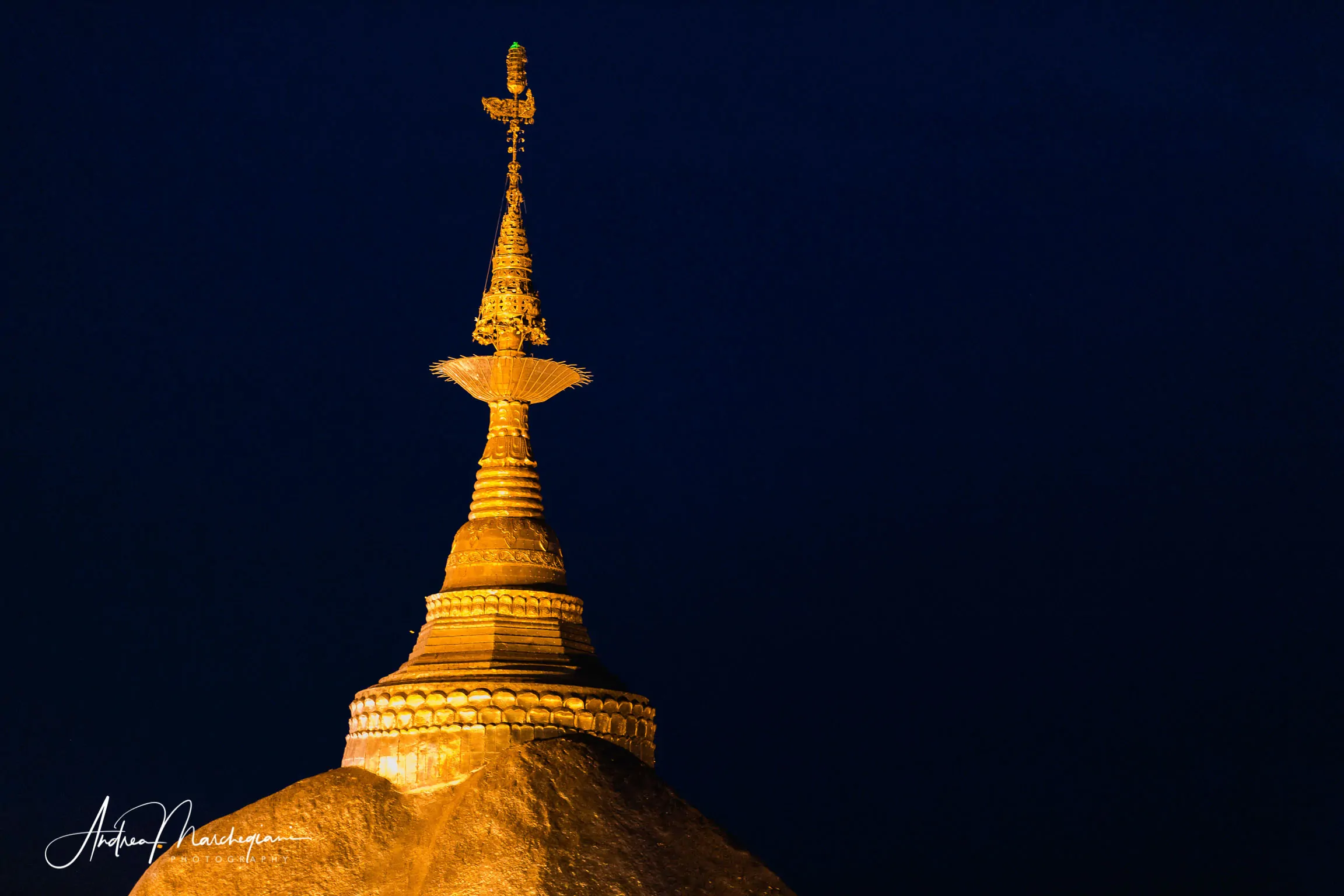
Sacred places are covered in gold
Myanmar is not a rich country and the majority of people living there are poor by our standards.
Nevertheless, it is common practice to cover places of worship with gold leaves, which are beaten by hand to become 0.01 mm thick and then sold to be affixed to statues and stupas. In Golden Rock sanctuary the entire rock supporting the Buddha stupa is covered with gold. An indescribable spectacle at sunset, when the light makes the golden leaves shine and the entire rock vibrates with reflections as if it had a life of its own.
Right steering wheel, right driving!
It may seem a contradiction but in Myanmar cars have the steering wheel on the right, as in England, but you drive right as in Italy. This makes traffic chaotic and overtaking maneuvers very bold!
In the past, Burma was a British colony, so they arranged a driving code in line with British rules: left-hand driving and right-hand steering.
General Nay Win then decided to bring the drive on the right side, as in Italy: the cars however continue to be made according to the British model, creating this senseless logical short circuit.
Call the waiter with a kiss
In Myanmar it is considered very rude to call the waiters shouting or raising your hand. Snap your lips instead, as if you are throwing them a kiss!
Immaculate dollars
One of the most absurd and annoying things about my trip to Myanmar was the exchange for the local currency. In Myanmar there are no ATMs and no credit cards. Before leaving, I received very clear instructions: bring only currency in dollars and keep it in as perfect conditions as you received it from the bank. If you want to visit Myanmar, make sure that your bills are immaculate, without any signs and -for God’s sake- without any folds.
Upon my arrival I met a person responsible for the selection of banknotes: a small wrinkle on a brand new banknote is enough to be refused the exchange with the local currency. Arm yourself with patience: the operation will last a long time. In return you will receive tons of kyat, the local currency, all wrinkled and torn. As they say, double standards.
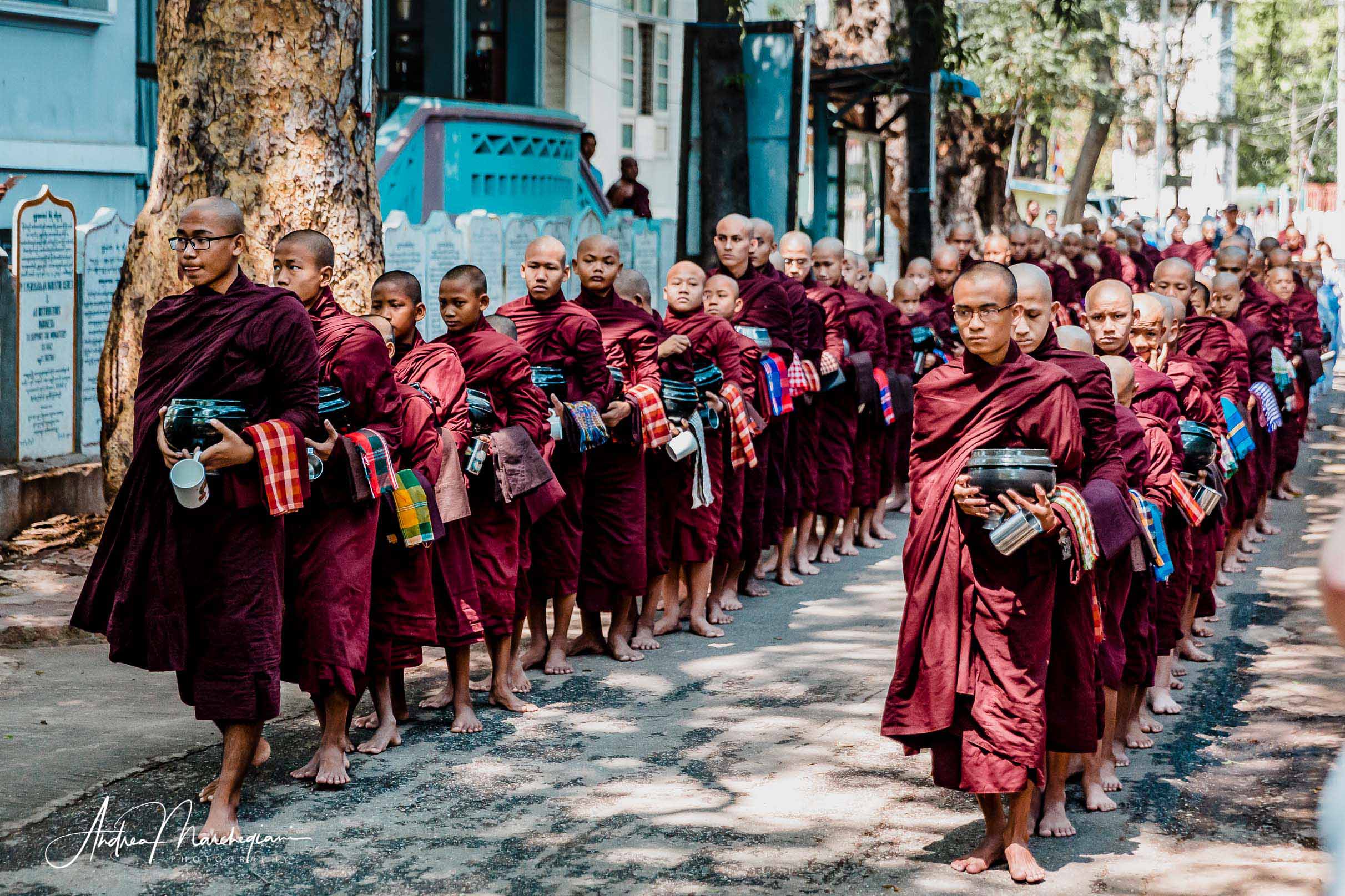
The monks' lunch
Every early morning, you can see rows of monks along the streets collecting food and money offerings in their bowls of black lacquer. It is the rite of lunch, which must be consumed by 11 am according to a strict religious precept. This is an important moment in Myanmar’s daily life.
The monks are considered the protectors of the people: with their frugal lifestyle, years of study on sacred texts and long hours of daily meditation, they help the entire community on the path to enlightenment. The fact that they live on charity may mislead us Westerners: almsgiving is viewed as an act which brings value to those who give, not to those who receive.
I was lucky enough to attend the rite in a monastery in Amarapura: an experience that I will not forget for the rest of my life!
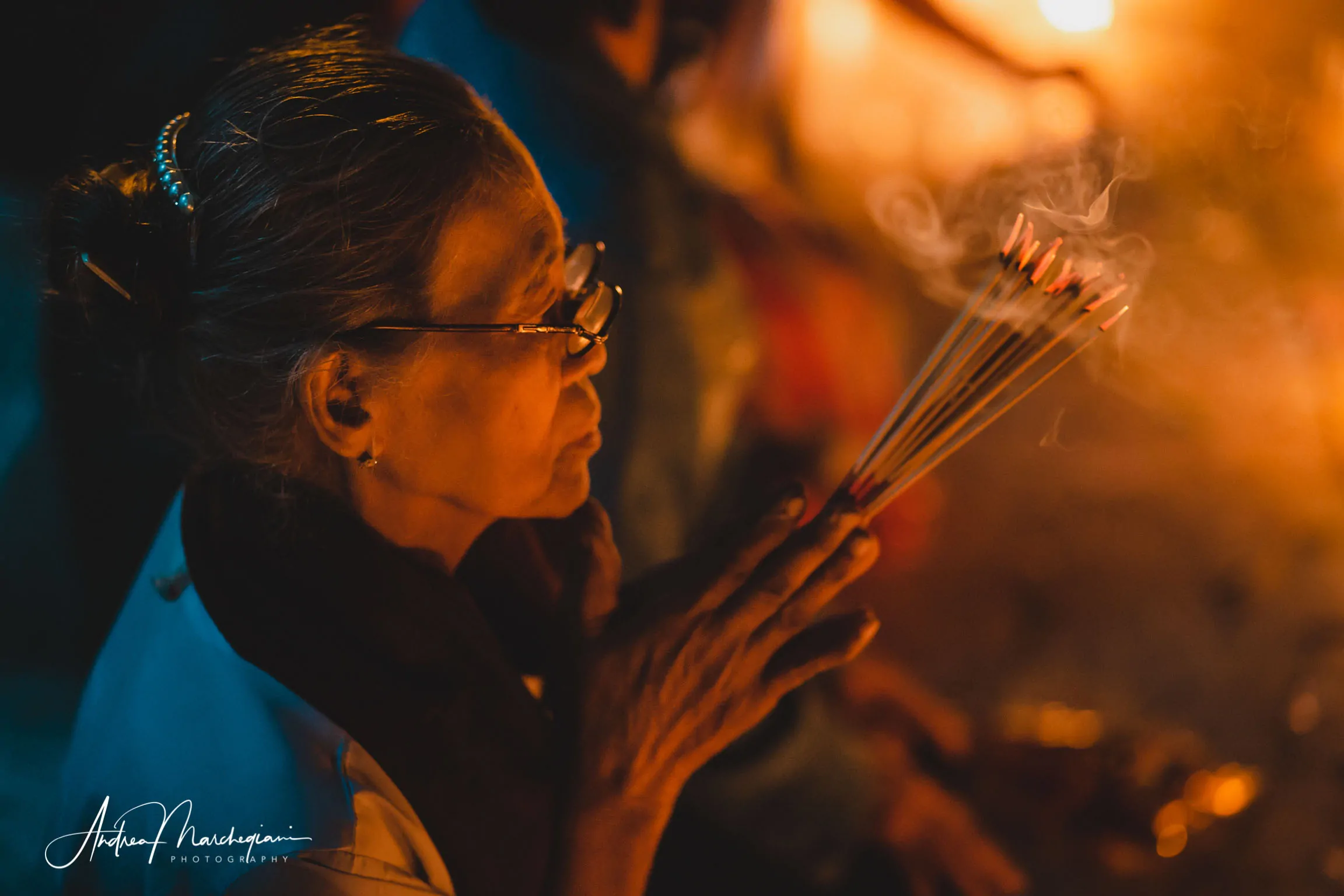
People in meditation
In every temple you visit in Myanmar, you see people sitting, quiet, eyes closed. They are meditating.
Emptying the mind of every thought and finding oneself in the constant flow of one’s breath is for Buddhists the closest thing to our prayer.
Buddhists do not conceive of any higher God. The spiritual journey ends in the search for inner peace. This is the reward the meditator receives. Liberation from the vortex of thoughts.
At the Golden Rock shrine, I saw hundreds of Buddhists meditating all night in front of the sacred rock. There was so much serenity and a spirit of deep union. It was regenerating and moving. In church I rarely felt a similar atmosphere.
Bringing things on your head
As it happens in many countries of the world, even in Myanmar it is customary to bring things on the head. You use the strength of your neck muscles instead of your arms. Burmese women who carry large trays on their heads are considered very elegant, and have free arms to hold their children’s hands.
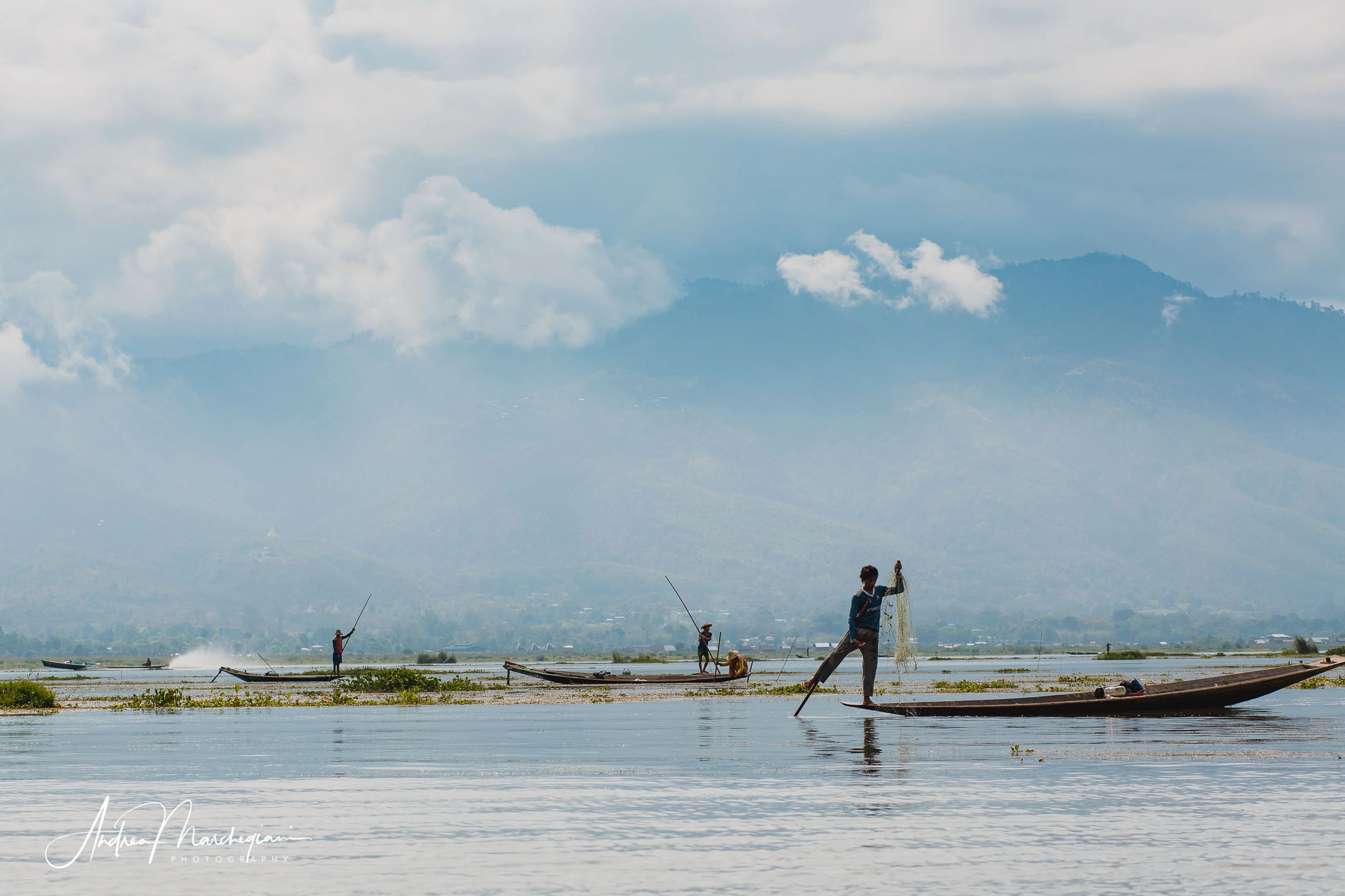
Rowing with your foot
Myanmar is famous all over the world for Inle Lake’s peaceful scenarios and the way Intha fishermen lead their boats: they stand aft of the boat on one leg while holding the oar with the other. This way, they don’t have to row using their arms and they can hold the fishing nets. Their silhouette at sunset is breathtaking.
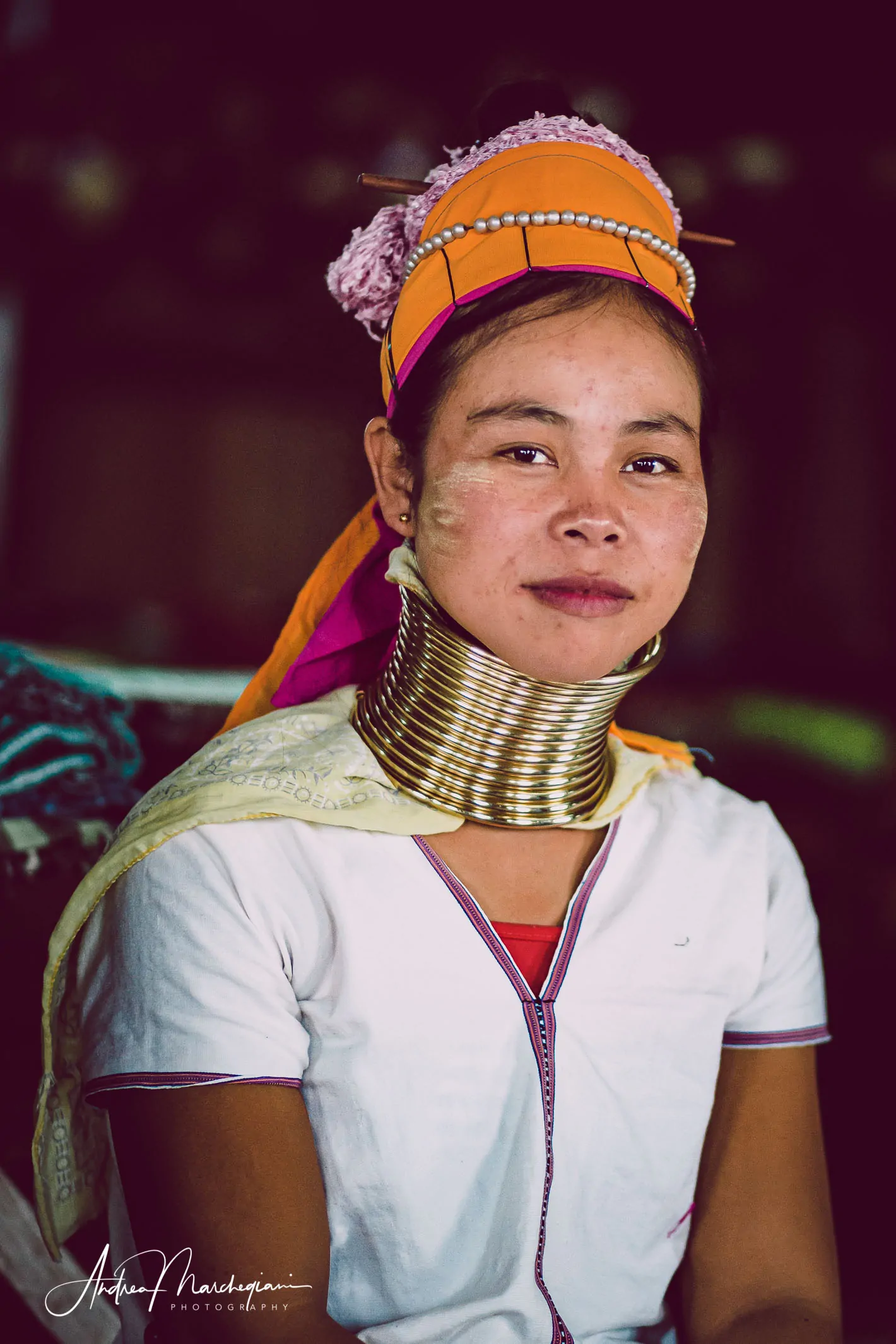
Elongated necks
Meeting the giraffe women of the Kayan tribe (or Padaung) will leave you fascinated and puzzled. An ancient custom has it that, since childhood, females wear brass rings around their necks. New ones are placed as they grow: the weight of the metal lowers the chest, producing the optical effect of unnatural elongated necks.
This practice has unclear origins: perhaps it is an aesthetic ornament, perhaps a protection against the attacks of tigers in the villages.
At any rate, there seems to be no intention of subjugating women by the men of the tribe. Women are free to choose whether or not to wear the rings and the practice is rapidly falling into disuse. Today women wear rings for tourism reasons: travelers ask to see them, leaving tips for a photo, causing this reality to survive. If they ask you to visit their village, think twice before accepting!



